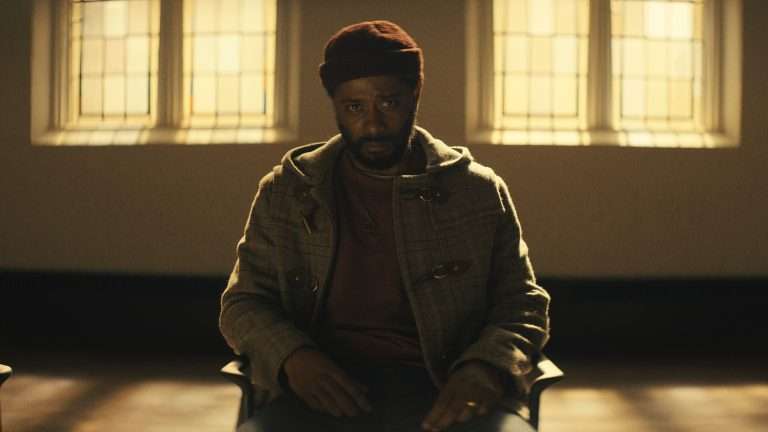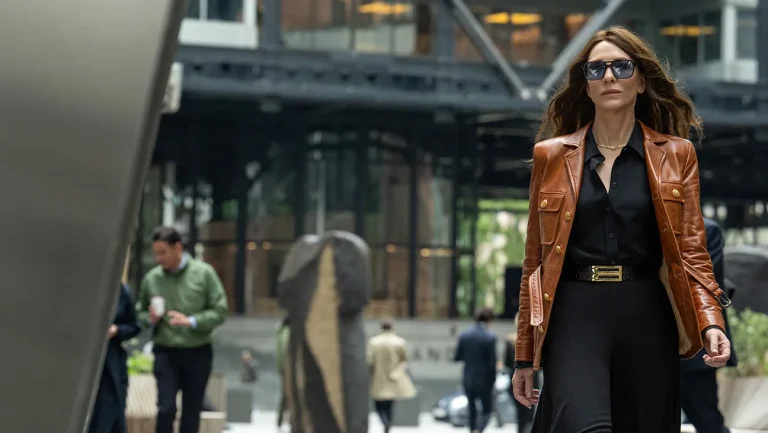Peabody Award winners Llewellyn M. Smith and Sam Pollard’s (MLK/FBI) documentary, South to Black Power (2023), explores the theory New York Times columnist and author Charles Blow proposed in his 2021 book, “The Devil You Know: A Black Power Manifesto.” Mr. Blow suggests a ‘reverse migration’ of the blacks en masse to the American South in order to harness the political power in southern states. After the American Civil War, particularly between 1915 and 1940, the black diaspora of America moved from the South in large numbers, leaving their land and culture, driven by economic concerns and also due to virulent Jim Crow laws.
Charles Blow identifies southern states that already have the highest percentage of black population in America, where the reverse migration into the South could make them the majority, dismantling the status quo and transforming the political landscape. Resetting power structures is a practical solution for the people who don’t have any say in how they are governed. South to Black Power discusses the challenges and issues surrounding this alluring solution. Mr. Blow himself followed the idea and moved to Georgia after living twenty-five years in New York.
In Smith and Pollard’s South to Black Power, Charles Blow takes a journey into the South, where he witnesses his theory operating at a nascent stage in a few cities and towns. Mr. Blow meets a diverse range of people in his journey: people from grassroots organizations, a charismatic mayor to voting rights activists, and working-class African Americans. Blow also returns to his hometown, Gibsland, Louisiana, listening to his family members’ varied stories and their perspectives on his idea. South to Black Power also occasionally shows Blow’s idea receiving some form of resistance. But, though this notion of reverse migration and directly influencing state policies is yet to reach the stage of concrete practicality, the factors that push Mr. Blow to propose this theory make sense.
South to Black Power opens with Charles Blow explaining how the notion of ‘Black Power’ differs entirely from the encroaching and domineering nature of ‘White Power.’ Black Power is more about being involved in making decisions that address the black community’s concerns and needs. The murder of George Floyd sparked widespread racial justice protests in the United States since the Civil Rights Movement in the 1960s. Yet despite the solidarity, real changes at the policy level are not made because the states are still packed with white legislators, who have evidently shown zero interest in redeveloping and economically reforming the black communities.
Racial egalitarianism is a lovely idea, but when there is no pathway to empower Black Americans, it’s high time to reclaim what’s rightfully theirs. Mr. Blow’s theory simply indicates such a pathway where blacks can achieve true power and agency through official channels. Charles Blow begins his journey in South to Black Power by citing the successful study of Vermont, where in the late 1960s and early 1970s, hippies migrated en masse and turned it into the epicenter of counter-cultural communal living. This has changed the strictly conservative make-up of the community into a more liberal one. Back at home, in Gibsland, Charles Blow sees encouraging signs as his cousins are engaged in the process of obtaining power at the municipal level to redevelop the town.
Another exciting case study Charles Blow examines is the black-majority city of Atlanta, Georgia, which is Blow’s new home. While these signs are hopeful, South to Black Power also discusses the roadblocks that still keep the blacks away from state power. Despite Atlanta being the blackest of American cities, the state legislation is still governed by white people, who can invalidate the power of mayors and local councils. During a book tour addressing a racially mixed audience crowd, Charles Blow asks not to expect a utopia like ‘Wakanda. In fact, the author understands the importance of identifying the problems and discussing the solutions rather than dreaming about an ideal perfection.
South to Black Power is fascinating when Blow visits people working on the grassroots level, bringing change through innovation and practicality. One such individual is Aiasha Butler, founder of Chicago’s R.A.G.E. (Resident Association of Greater Inglewood). Butler’s idea of staying put, owning the block, and rehabilitating the broken-down neighborhoods is opposite to Blow’s notion of mobility. At the same time, the meeting brings up the all-important topic of class. The ability to move and find opportunities is not the same for black middle-class and those hailing from impoverished backgrounds. Moreover, it is to directors Polland and Smith’s credit Blow’s interactions take an easygoing, conversational approach as opposed to someone explicating his theories and philosophies.
In one of the poignant episodes in Blow’s journey, we see him accompanying volunteers for the New Georgia Project – an organization with a mission to increase the civic participation of non-white voters across the state of Georgia. They meet a black nurse who has been through hell during the COVID-19 days and yet offers hope and camaraderie. Some of the stories in South to Black Power are haunting, particularly Blow’s meeting with Jackson (Mississippi) Mayor Chokwe Antar Lumumba. Son of a member of a controversial black nationalist movement, Lumumba discusses the power struggles over their city’s water crisis and how the corrupt and racial politics at the state level impacted their city’s water infrastructure.
In terms of documentary filmmaking, South to Black Power doesn’t offer anything unique. However, Pollard & Smith, alongside Charles Blow, efficiently and persuasively argue about social issues and their possible solutions. It provides a balanced look at the infuriating race politics of America and inspires personal journeys toward change.









